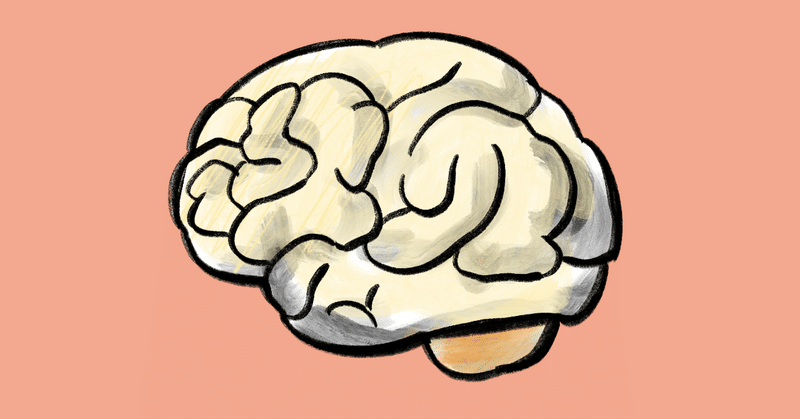
Regret test - 人を不幸にしてないかテストする
Designers need the regret testという記事が気になったのでメモします。
プロダクトやアプリには人の行動を良くも悪くも変えてしまう力があります。そんなプロダクトに関わるデザイナーや技術者に必要な倫理とは何でしょうか。Regret testとはユーザを不幸にするプロダクトをリリースしないためのシンプルな質問です。
プロダクトデザインの倫理
記事は問題提起から始まります。
What are the ethical responsibilities of companies that are able to manipulate human behavior on a massive scale? It’s a question one hopes technologists and designers ask themselves when building world-changing products — but one that hasn’t been asked often enough.
大きな規模で人々の行動を操ることができるような企業にとって倫理的な責任(ethical responsibility)とは何か。世の中を変えるようなプロダクトに関わる技術者やデザイナーが問うこの質問は、しかし十分には問われていません。
As one startup founder told me, “At the end of the day, I have an obligation to my investors and employees, and I’ll do anything I can, short of breaking the law, to get people using my product.”
The tech industry needs to do better than the threat of jail time to decide to do the right thing.
あるスタートアップの創始者は、投資家と社員に対する義務を果たすため、ユーザにプロダクトを使わせるためなら方を破らない限り何でもするといいます。それに対し筆者は、テック業界は、正しいことをするため(do the right thing)、懲役で脅すよりもマシなことをする必要があるといいます。
There’s nothing wrong with building products people want to use, but the power to design user behavior ought to come with a standard of ethical limitations.
ユーザが欲しいと思うプロダクトを作ること自体には何の問題もありません。しかしユーザの行動をデザインする力には倫理的な制限をかけるための基準が必要です。
"There's nothing wrong with..." 「...は何も間違っていない」は頻出便利フレーズですね。
同じパターンでも使い方次第で毒にも薬にもなる
The trouble is the same techniques that cross the line in certain cases lead to desirable results in others. For example, Snapchat’s use of streaks — which tally the number of consecutive days friends have shared photos — has been criticized for conditioning teens to compulsively keep coming back to the app. But the same persuasion technique is used by the language app Duolingo to help people learning a new language stick with the program.
ここは面白いと思いました。
スナップチャットのstreaksというのはそれぞれ友達と何日連続でコミュニケーションしたかを表示する機能で、ユーザにアプリを強迫的に(compulsively)使い続けさせる手法として批判されました。友情を数値化することで、アプリを使い続けないと取り残される不安を煽るわけです。こちらに詳しい記事あり。
一方で言語学習アプリのDuolingoは同じ手法を、ユーザが学習を続けるための方法として使っています。同じパターンでも使い方次第で毒にも薬にもなるのです。
"Persuasion technique"のpersuasionは普通「説得」と覚えていると思いますが、アプリやサービスデザインの文脈ではユーザにある行動を促すという意味で使います。形容詞のpersuasiveならユーザの行動を変える力があるということですね。
"regret test"
結論部分まで飛びます。何かを実行するには曖昧なモットーだけではなく。明確な手段が必要です。筆者が提案する"regret test"とはプロダクトを出す前に試す簡単な質問です。日本語にすると「後悔試験」ですね。
“If people knew everything the product designer knows, would they still execute the intended behavior? Are they likely to regret doing this?”
もしデザイナーが知っている全てのことをユーザが知っても同じ行動を続けるだろうか。それともユーザはその行動をとったことを後悔するだろうか。
これはシンプルですがよくできていると思いました。プロダクトを作る側の意図や、裏側で何が起きているかなどをすべてユーザに見せてもユーザが離れてしまわないか。もしユーザが後悔しそうならテストに失敗している。何か間違ったことを可能性があるという訳です。
ユーザの後悔に向き合おう
最後の一文を引用して締めます。
Ignoring people who regret using your product is not only bad ethics, it’s also bad for business.
あなたのプロダクトを使ったことを後悔する人を無視するのは倫理的に間違っているだけでなく、ビジネスにとっても悪影響である。
人が幸せになるプロダクトを作りましょう。ぜひ原文も読んでください。
この記事が気に入ったらサポートをしてみませんか?
